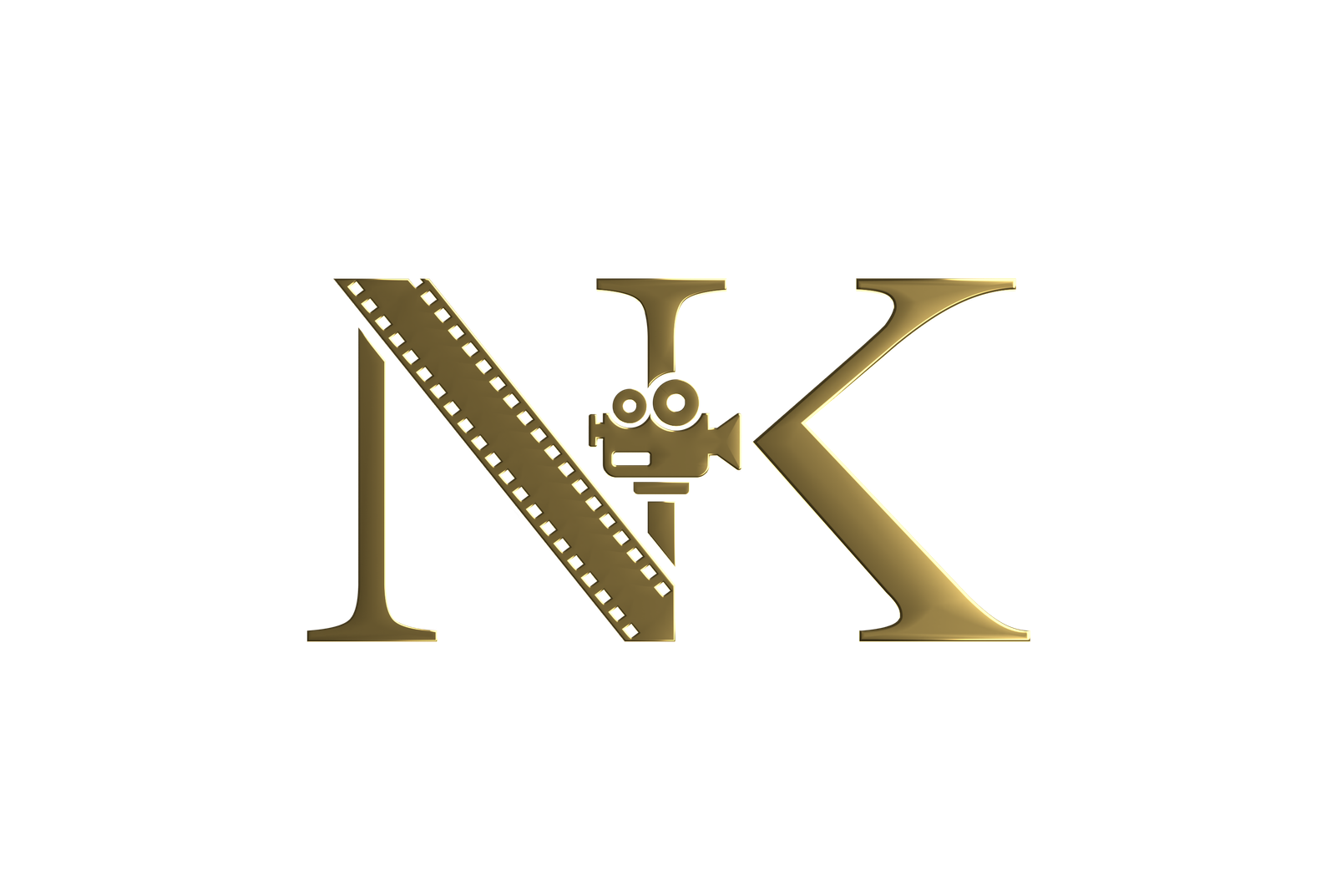Picture this: You spent hours in pointless meetings, you have emails in passive-aggressive language, and you delay crucial decisions by endless back-and-forth. Sound familiar? Ineffective communication kills productivity and progress. But, most people don’t understand that straight talk isn’t just about bluntness. It’s a strategic tool for high-achieving men who value their time, demand results, and also, refuse to let poor communication hold them back. Being a straight talker is exactly what this article is about!
What is Straight Talk?
What characterizes straight talk is: Honesty, Clarity, Conciseness and Lack of hidden agendas.
- Honesty: It involves speaking truthfully and directly, without sugarcoating or hiding any inconvenient facts.
- Clarity: You express the message in a way that’s easy to understand, avoiding ambiguity or vagueness.
- Conciseness: You get to the point quickly, valuing the recipient’s time and attention.
- Lack of hidden agendas: Finally, there are no ulterior motives or manipulative tactics involved. What you say is what you mean.
Straight Talk vs. Rudeness/Insensitivity:
Moreover, one common misconception is that it is synonymous with being rude or insensitive. However, there’s a crucial distinction:
- Straight talk focuses on the message itself, ensuring you deliver it with respect and tact.
- While, Rudeness disregards the feelings of others, often using harsh or offensive language.
Straight talkers can disagree strongly without resorting to personal attacks or insults. They may deliver difficult news, but they do so with empathy and consideration for the other person’s emotions.
I will not go more into depth but there is more about: Straight Talk vs. Oversimplification, Straight Talk and Emotional Intelligence and The Importance of Tact. You can get more information on https://joinhpc.com/ .
Why Straight Talk is Essential for High-Performing Men
Psychological Factors:
Many men are socialized from a young age to value directness and honesty. This makes it a natural and comfortable communication style for them. They appreciate clear expectations and dislike ambiguity. High performers, in particular, thrive on efficiency and results. Straight talk eliminates unnecessary guesswork and streamlines decision-making, allowing them to focus on achieving their goals.
Moreover, it builds trust through transparency and openness. Many men respond positively to this sense of fairness and level playing field. When everyone knows where they stand and what’s expected of them, it fosters a sense of camaraderie and shared purpose, especially in competitive environments.
Practical Benefits:
But, beyond psychological factors, straight talk offers numerous practical advantages for high-performing men:
- Faster Decision-Making: In fast-paced environments, it cuts through the noise and allows teams to reach conclusions more quickly. As a result, there’s less time wasted on deciphering hidden meanings or navigating office ‘politics’.
- Reduced Conflict: Misunderstandings are a major source of conflict. So, it also, minimizes these by ensuring everyone is on the same page, reducing the likelihood of misinterpretations and hurt feelings.
- Stronger Teams: Clear expectations, honest feedback, and open dialogue build trust and loyalty among team members. This, ultimately, creates a more cohesive and productive unit where everyone feels comfortable sharing their ideas and concerns.
Real-World Examples:
Countless successful men have used straight talk to their advantage. Think of figures like Steve Jobs, known for his brutally honest feedback, or sports coaches who motivate their teams through direct, no-nonsense communication. These examples demonstrate how the way you talk can be a powerful tool for driving performance and achieving results.
The Building Blocks of Straight Talk
Mastering straight talk involves honing several key communication skills:
- Active Listening: Giving your full attention, understanding the underlying message, and demonstrating empathy.
- Assertive Communication: Clearly expressing your needs and opinions without aggression or passivity.
- Nonverbal Cues: Also, ensuring your body language, facial expressions, and tone of voice align with your words.
- Feedback Mastery: Providing and receiving constructive criticism in a respectful and solution-oriented manner.
- Choosing the Right Words: Finally, using specific, unambiguous language that’s easily understood by your audience.
By cultivating these skills, you’ll be able to engage in honest, direct, and respectful conversations. Which will result in fostering trust and understanding in both personal and professional relationships. Remember, straight talk is a two-way street – it’s as much about listening and understanding as it is about speaking your mind.
If you want to learn more about this topic, you can check https://nicktheman.com/ .
Conclusion
To sum up, straight talk isn’t just about bluntness – it’s a strategic communication style that empowers high-performing men. By aligning with their innate preference for directness and efficiency, straight talk becomes a catalyst for trust, collaboration, and results.
This article has illuminated the key components of straight talk, from active listening and assertive communication to tactful feedback and clear language. Moreover, by mastering these skills, men can navigate the complexities of high-pressure environments with confidence and clarity.
But, remember, straight talk isn’t a license for rudeness, but a tool for building stronger relationships, fostering open dialogue, and achieving ambitious goals. It’s a continuous journey of growth and refinement, one that yields significant rewards for those willing to embrace it.
So, if you’re ready to take your communication to the next level, start practicing straight talk today. Speak your truth with confidence, listen actively, and provide constructive feedback. Embrace transparency and authenticity, and watch as your relationships and performance soar.




